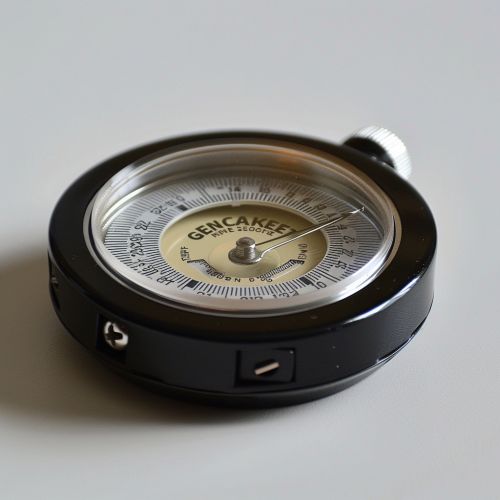Röntgen (unit)
Definition
The Röntgen (R) is a unit of measurement for exposure to ionizing radiation, and it is named after the German physicist Wilhelm Conrad Röntgen, who discovered X-rays in 1895. The unit is defined as the quantity of X-rays or gamma rays required to create ions carrying 1 electrostatic unit of electrical charge in 1 cubic centimeter of dry air at standard temperature and pressure (STP). This corresponds to the generation of approximately 2.08 x 10^9 pairs of ions.


History
The Röntgen was first proposed as a standard unit of measurement for ionizing radiation in 1928 by the International Congress of Radiology. It was officially adopted by the International Committee for Weights and Measures (CIPM) in 1937. The unit was named in honor of Wilhelm Conrad Röntgen, who was the first to systematically study X-rays, for which he received the first Nobel Prize in Physics in 1901.
Usage
The Röntgen is used primarily for measuring the ionizing effect of X-rays and gamma rays, particularly in medical applications. It is not used for measuring the ionizing effect of other types of radiation such as alpha particles or beta particles, as these have different ionizing properties. The Röntgen is also not used for measuring the absorbed dose of radiation, which is a measure of the energy deposited in a medium by radiation. The unit for absorbed dose is the gray (Gy).
Conversion to Other Units
The Röntgen can be converted to other units of radiation exposure. One Röntgen of X- or gamma radiation is equivalent to 0.000258 coulombs per kilogram (C/kg) in air. The Röntgen can also be related to the gray (Gy), which is the SI unit of absorbed dose. However, this conversion is not straightforward as it depends on the energy of the radiation and the material in which the energy is absorbed. For X- and gamma rays with energies of around 1 MeV, 1 Röntgen is approximately equal to 0.01 gray in air.
Limitations and Criticisms
The Röntgen has been criticized for its lack of applicability to all types of ionizing radiation. It is also not a SI unit, which has led to its falling out of favor in many applications. The International Commission on Radiation Units and Measurements (ICRU) recommends the use of the gray (Gy) for absorbed dose, the sievert (Sv) for equivalent dose, and the becquerel (Bq) for activity.
